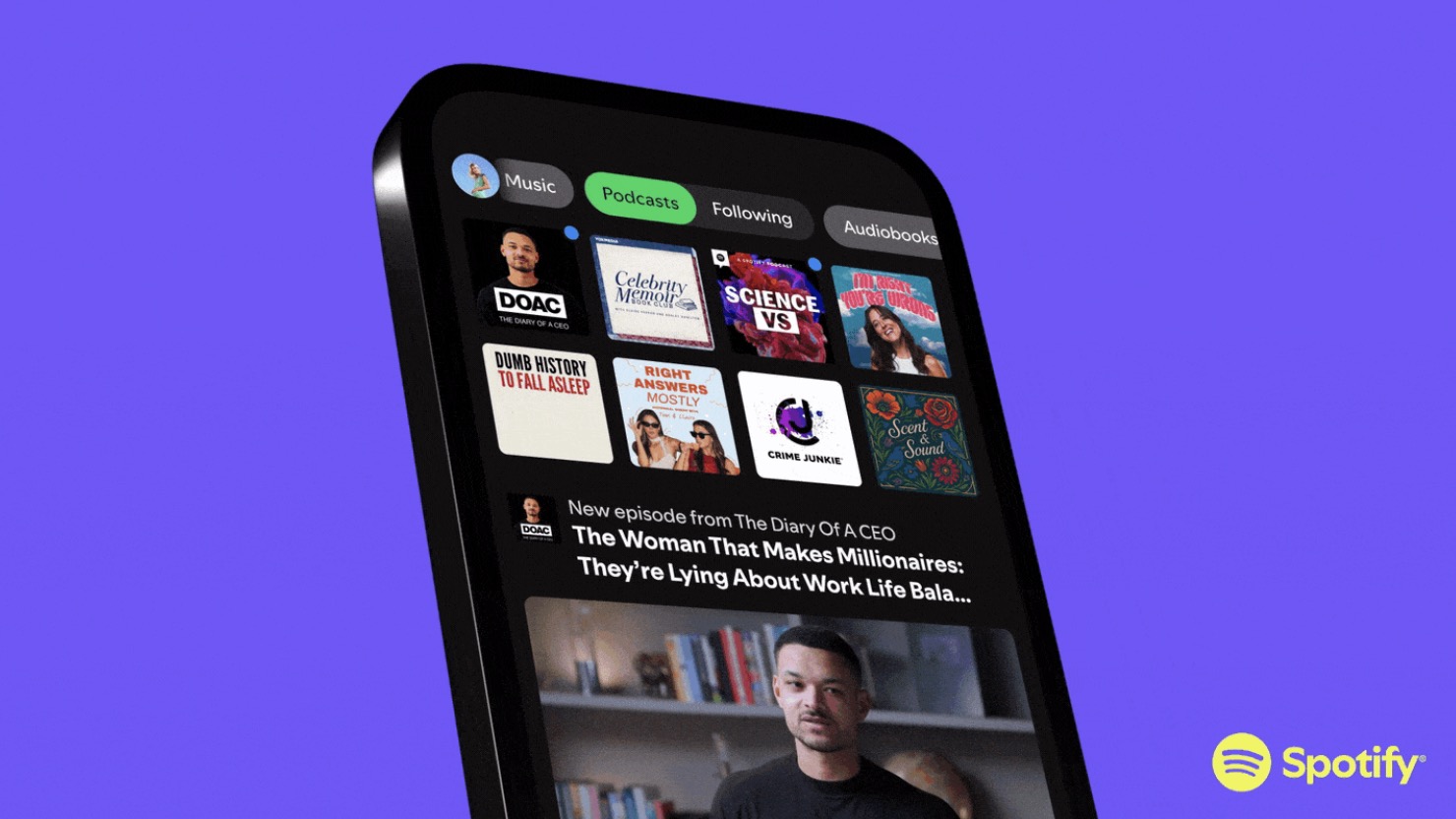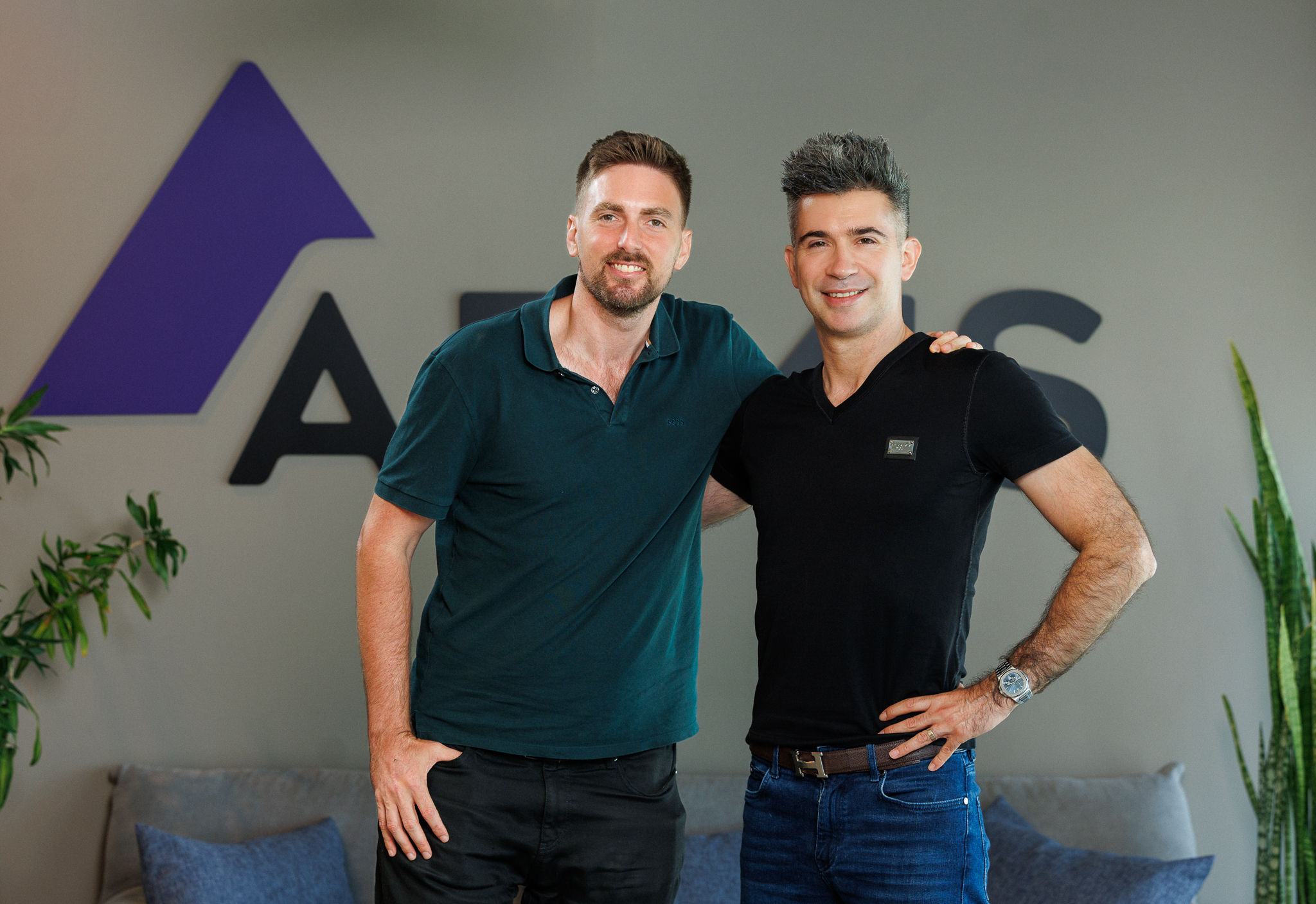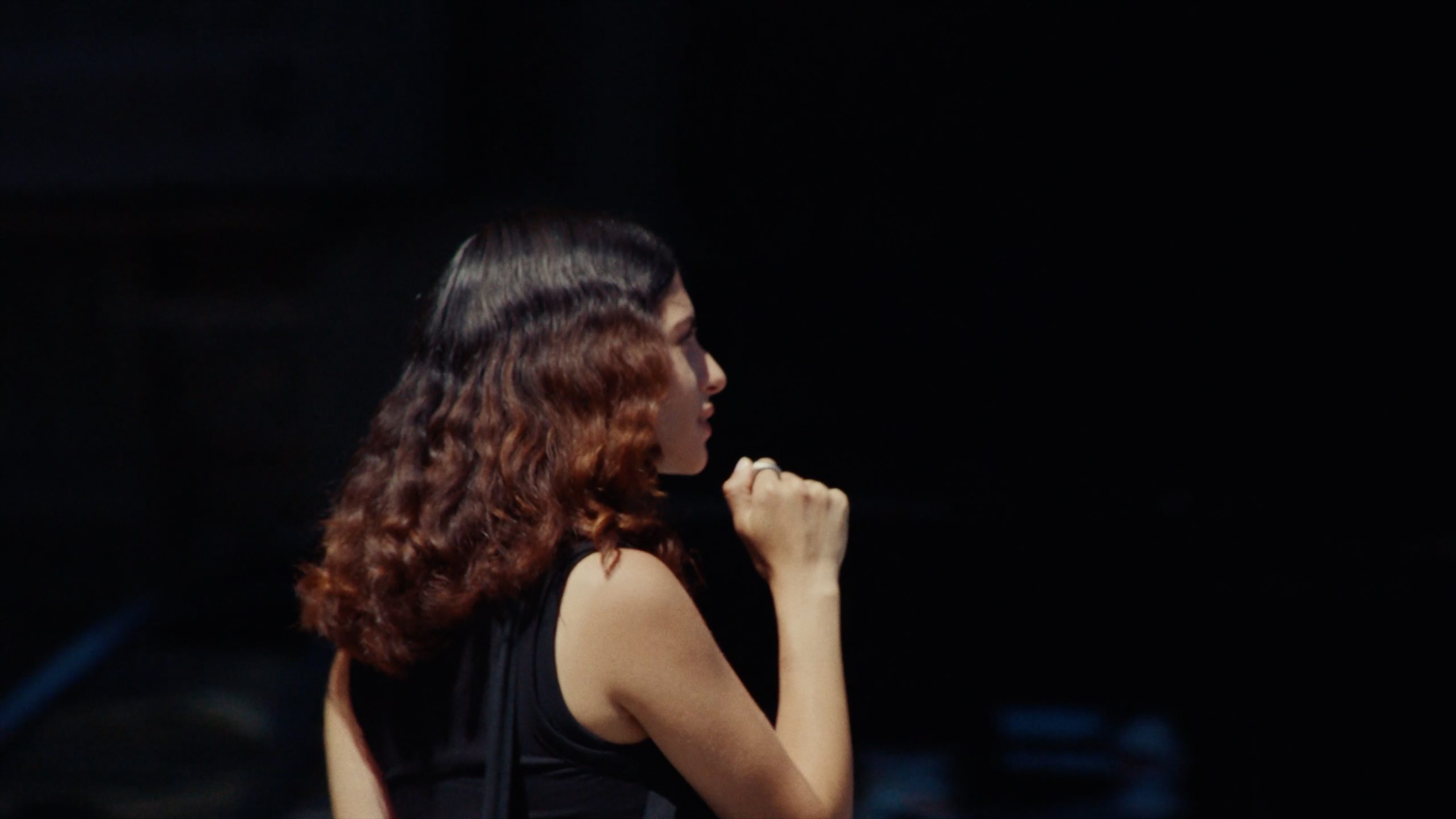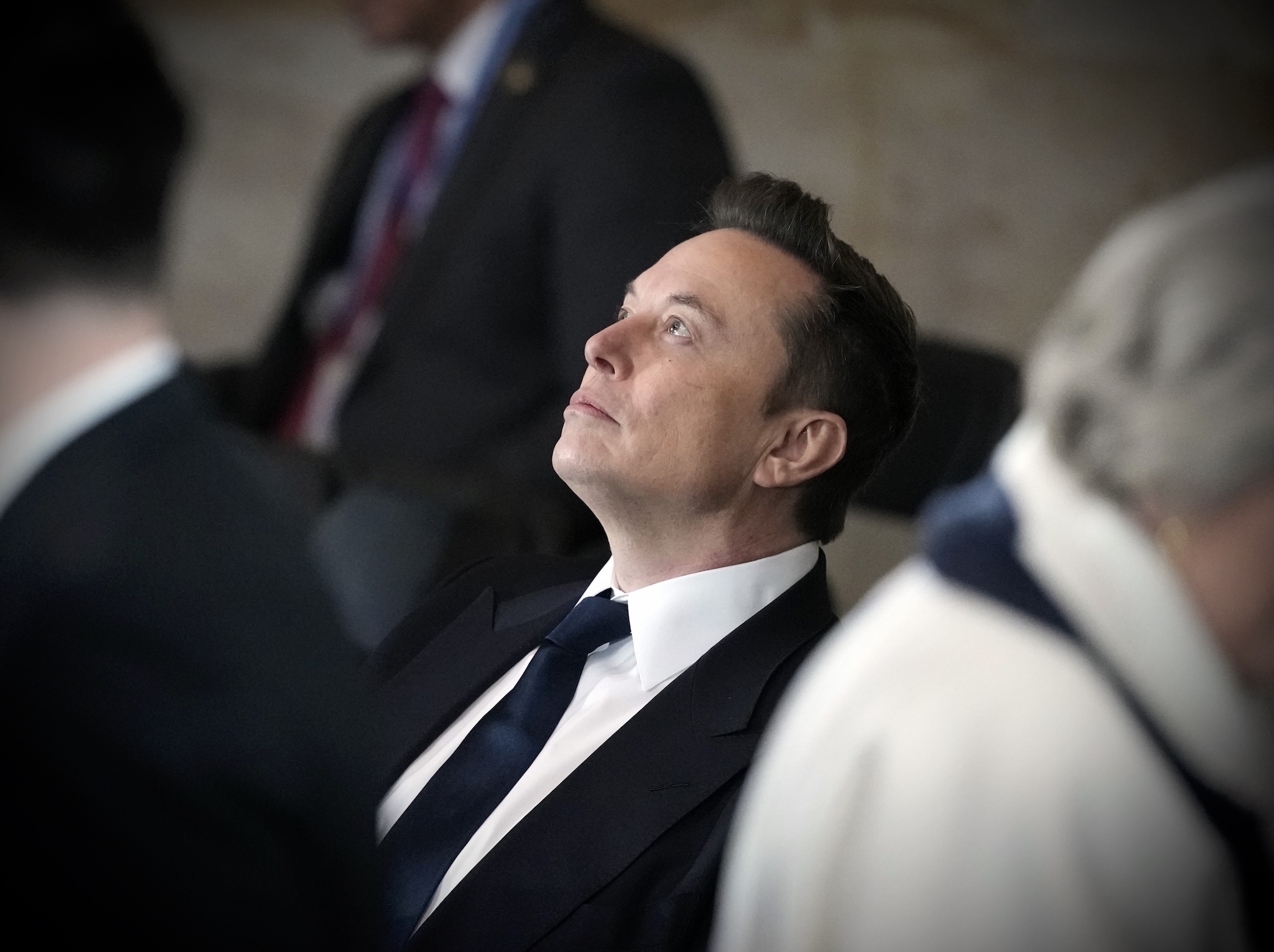
Spotify, a company long synonymous with music streaming, has dramatically accelerated its foray into the visual content space, reporting a catalog of nearly half a million video podcasts. This significant expansion underscores a deliberate strategic pivot, as the platform revealed that over 390 million users have now engaged with video podcasts, marking a robust 54% year-over-year increase in adoption. These figures, released in the company’s latest quarterly earnings report, highlight not just a growing library, but a profound shift in user engagement and Spotify’s ambition to become a comprehensive multimedia hub.
The Ascent of Visual Podcasting on Spotify
The rapid growth in Spotify’s video podcast offerings is not an accidental phenomenon but the result of a concerted effort to invest in the format. Just a few months prior, in June 2024, the company reported approximately 250,000 video podcast shows. The near-doubling of this figure to almost 500,000 in a relatively short period speaks volumes about the infrastructure and tools Spotify has deployed. Central to this expansion has been the rollout of features enabling independent, non-hosted podcasters to upload their video content directly to the platform, democratizing access and diversifying the available programming.
Spotify’s journey began in 2008 as a disruptive force in the music industry, transforming how consumers accessed and enjoyed audio content. For years, its identity was firmly rooted in its vast music library and personalized playlists. However, recognizing the burgeoning potential of spoken-word content, Spotify began its significant push into podcasts in the mid-2010s. This initiative gained substantial momentum with strategic acquisitions, including podcast studios like Gimlet Media and The Ringer, as well as the creation tool Anchor. The landmark deal for "The Joe Rogan Experience" further solidified its position as a major player in the audio podcast landscape, drawing millions of new users to the platform.
The transition to video, however, represents an even more ambitious undertaking, moving Spotify beyond its audio-centric origins. This shift is reflective of broader industry trends, where content consumption increasingly gravitates towards visual formats. While audio podcasts offer convenience and accessibility, video adds another layer of engagement, allowing creators to convey more through visual cues, studio setups, and multimedia presentations. This enriched experience aligns with modern digital consumption habits, which often blend passive listening with active viewing across various devices.
A Strategic Pivot: From Audio to Multimedia Hub
The decision to heavily invest in video podcasts positions Spotify directly in competition with platforms traditionally known for visual content, most notably YouTube. For years, YouTube has been the de facto home for video podcasts, offering robust hosting, discovery, and monetization tools. Spotify’s pivot suggests a recognition that to capture a larger share of user attention and advertising revenue, it must offer a comparable, if not superior, experience for visual content.
Beyond simply hosting videos, Spotify has been integrating features designed to foster deeper interaction and community. The introduction of tools like comments, Q&As, and polls directly within the podcast interface transforms the listening experience into a more social and interactive one. These features, commonplace on social media platforms and video-sharing sites, indicate Spotify’s aspiration to evolve beyond a mere streaming service into a vibrant social network where creators and listeners can connect directly. This blurring of lines between streaming and social media is a calculated move to increase dwell time and cultivate loyalty among its vast user base.
The impact of these strategic moves is evident in user behavior. Spotify reports that the time users spend engaging with video content on the platform has more than doubled year-over-year, with video podcasts serving as the primary driver of this surge. This dramatic increase in engagement validates the company’s investment and suggests a strong appetite among its audience for visual spoken-word content.
Empowering Creators and Fostering Engagement
A cornerstone of Spotify’s video strategy is its commitment to creators. The launch of the Spotify Partner Program (SPP) in January has been instrumental in accelerating video podcast consumption, which has increased by over 80% since its inception. The SPP offers qualifying creators enhanced monetization opportunities, including audience-driven payouts derived from engagement by Spotify Premium users. This model provides a direct financial incentive for creators to produce high-quality, engaging video content, fostering a symbiotic relationship where creator success directly translates to platform growth.
This creator-first philosophy extends to the tools provided. By allowing non-hosted podcasters to easily upload video, Spotify removes barriers to entry, encouraging a wider array of voices and perspectives. This approach not only expands the content library but also cultivates a diverse ecosystem that is less reliant on exclusive deals with a few mega-stars. When creators feel empowered and supported, they are more likely to invest their efforts into the platform, generating content that attracts and retains users. This strategy is crucial in the competitive creator economy, where platforms vie for top talent and unique programming.
The social features, such as comments and Q&As, further empower creators by providing direct feedback loops and opportunities for community building. This direct interaction can strengthen the bond between creators and their audience, fostering a loyal fanbase that is more likely to engage with and promote the content. For advertisers, this engaged audience represents a highly valuable demographic, making the platform more attractive for ad placements.
Broadening Horizons: The Ubiquity Strategy
In a bold move signaling its long-term vision, Spotify recently announced a groundbreaking partnership with Netflix. Beginning in 2026, Spotify’s video podcasts will be distributed on the global streaming giant, initially in the United States, with plans for broader market rollout thereafter. This collaboration raises questions about revenue sharing and the benefits of distributing content off-platform, a concern echoed by investors during the earnings call.
Incoming co-CEO Alex Norström articulated the rationale behind this "ubiquity strategy," emphasizing Spotify’s aim to position itself as a central distribution hub for creators. "We think… that when the creator wins, we win," Norström explained to investors and analysts. He highlighted that creators naturally desire to syndicate their content "everywhere" to maximize reach. By facilitating this, Spotify aligns itself with creators’ goals, consistent with its "creator-first" philosophy. The company’s belief is that helping creators reach audiences in as many places as possible ultimately benefits Spotify by enhancing its brand as a creator-friendly platform.
Co-CEO Gustav Söderström reinforced this perspective, suggesting that allowing creators to be present on both Spotify and Netflix opens up further "revenue opportunities" for the company. He framed it as a critical component of Spotify’s ubiquity strategy, asserting that a strong creator offering is as vital as a robust user experience. The precedent for this strategy lies in Spotify’s experience with YouTube, where the presence of Spotify podcasts on the video platform increased awareness of the shows and their origin, subsequently driving incremental usage back to Spotify. The company anticipates a similar, positive feedback loop with the Netflix partnership.
The "TV opportunity" is another facet of this ubiquity strategy. Spotify recently upgraded its Apple TV app, bringing podcast and music videos to larger screens. The logic is straightforward: the more accessible Spotify’s content is across various platforms and devices – from smartphones to smart TVs – the more user engagement increases. This omnipresence not only boosts content consumption but also significantly bolsters Spotify’s advertising business by expanding the total addressable market for ad impressions.
Monetization and the Advertising Landscape
The rapid expansion of video content inherently creates new avenues for monetization. Video podcasts offer advertisers a richer, more immersive environment compared to audio-only formats. Brands can leverage visual branding, product placements, and more dynamic ad formats that resonate more deeply with viewers. Spotify has recognized this potential by giving advertisers programmatic access to its extensive audio and video inventory. This allows advertisers to target specific demographics and interests with greater precision, maximizing the effectiveness of their campaigns.
However, Spotify acknowledges that its advertising business is currently navigating a "transition year" in 2025. The company anticipates that significant growth in ad revenue will not materialize until the second half of 2026. This period of transition likely involves optimizing ad tech, refining targeting capabilities, and educating advertisers on the value proposition of video podcasts. Despite the near-term outlook, the long-term potential of a robust video ad business remains substantial, aligning with global trends of increased digital ad spending, particularly in video formats.
The shift towards video also positions Spotify more competitively against traditional media outlets and digital video platforms for advertising dollars. As audiences increasingly fragment across various streaming services, platforms that can offer diverse, engaging content and sophisticated ad solutions stand to capture a larger share of the market.
Financial Performance and Market Response
Amidst these strategic shifts, Spotify delivered a strong financial performance in its third quarter. The company reported a significant increase in its monthly active users (MAU), which grew 11% year-over-year to reach an impressive 713 million globally. Revenue climbed to €4.27 billion, approximately $4.9 billion, comfortably surpassing Wall Street’s expectations. Furthermore, Spotify posted a net profit of €899 million, or about $1 billion, during the quarter, indicating a healthy operational performance.
Despite these positive results, the company’s stock experienced a dip after the opening bell on Tuesday. This market reaction was primarily attributed to Wall Street’s concerns over Spotify’s mixed guidance for the upcoming fourth quarter. While strong growth and profitability were evident in the reported quarter, investor sentiment often hinges on future projections. Any perceived uncertainty or cautious outlook can trigger a conservative response from the market, even in the face of robust current performance.
This divergence highlights the ongoing challenge for growth-oriented companies like Spotify: balancing aggressive investment in new features and market expansion with the need to demonstrate consistent profitability and clear paths to future growth. The investment in video podcasts, the SPP, and strategic partnerships like Netflix are long-term plays designed to secure Spotify’s future dominance in the evolving digital media landscape, even if the immediate financial returns on these initiatives are still maturing.
The Future of Digital Audio-Visual Content
Spotify’s aggressive pivot to video podcasts marks a pivotal moment in its evolution from a music-centric platform to a comprehensive digital entertainment destination. By expanding its content formats, empowering creators, and pursuing an ambitious ubiquity strategy, Spotify is not just reacting to market trends but actively shaping the future of digital content consumption.
The blurring lines between audio and video, streaming and social media, and on-platform versus off-platform distribution strategies signify a dynamic and competitive landscape. As Spotify continues to refine its video offerings and integrate them more deeply into its ecosystem, it aims to solidify its position as an indispensable platform for both creators and consumers, driving the next wave of innovation in the burgeoning audio-visual content space. The success of this multifaceted strategy will determine Spotify’s long-term trajectory and its role in defining how audiences engage with media in the years to come.




